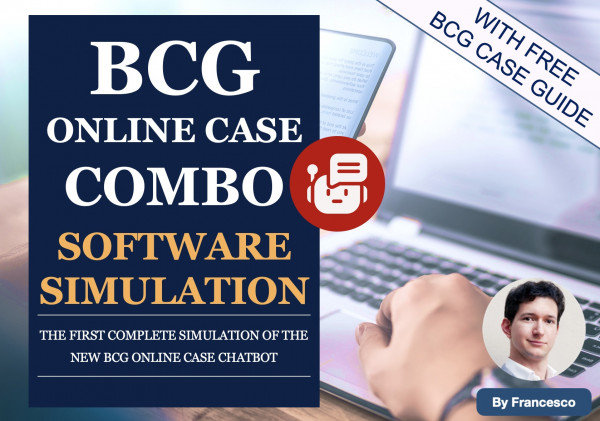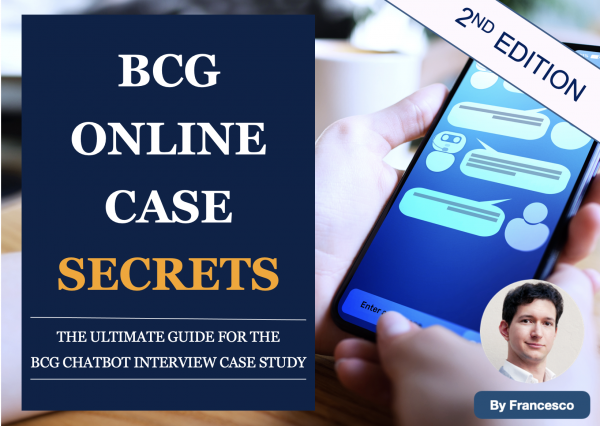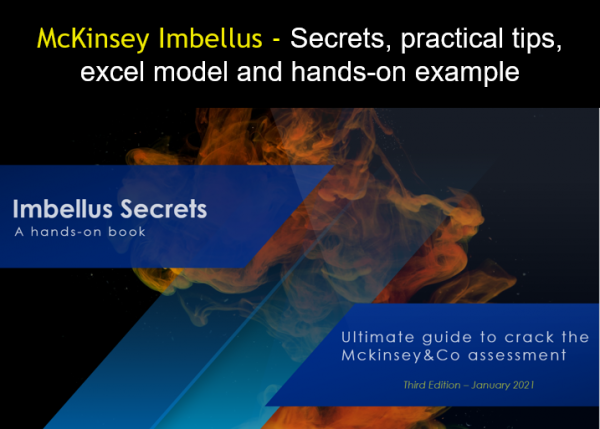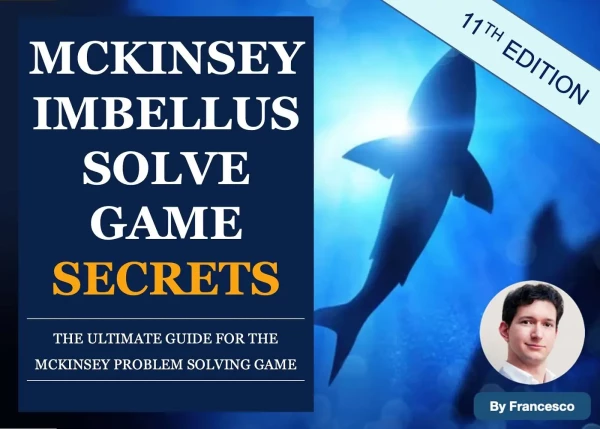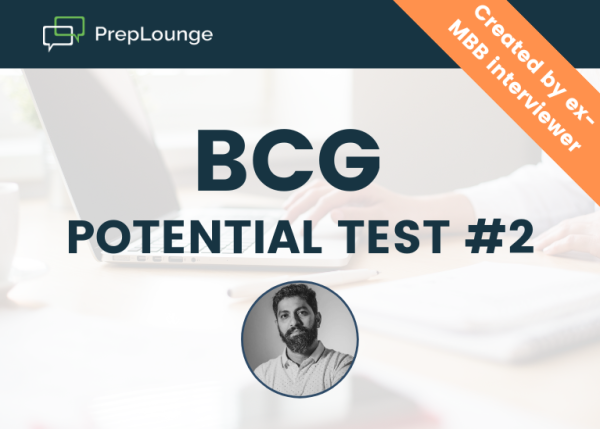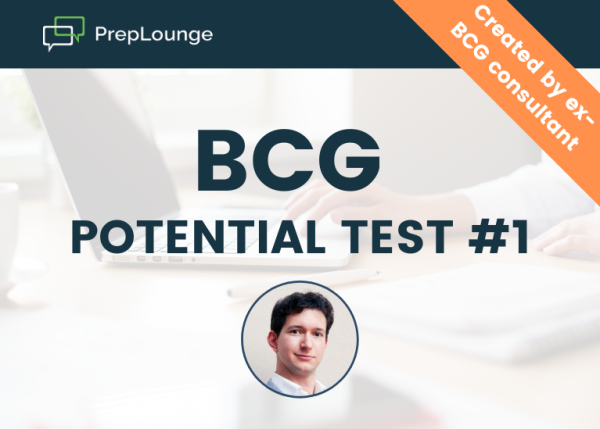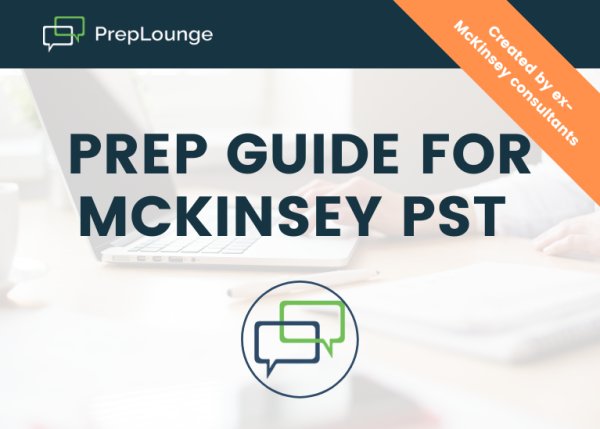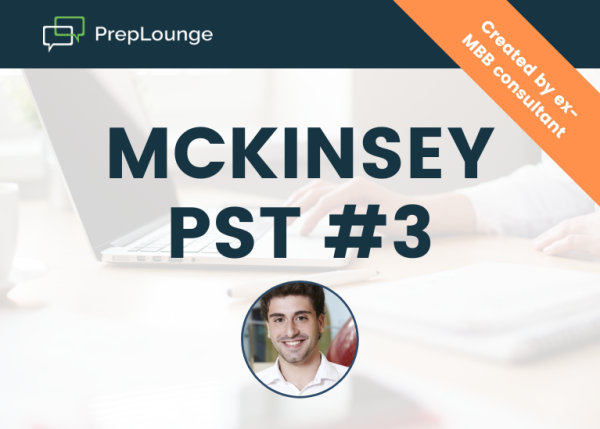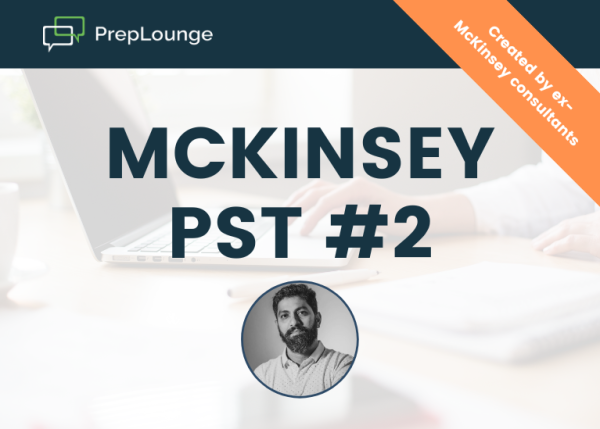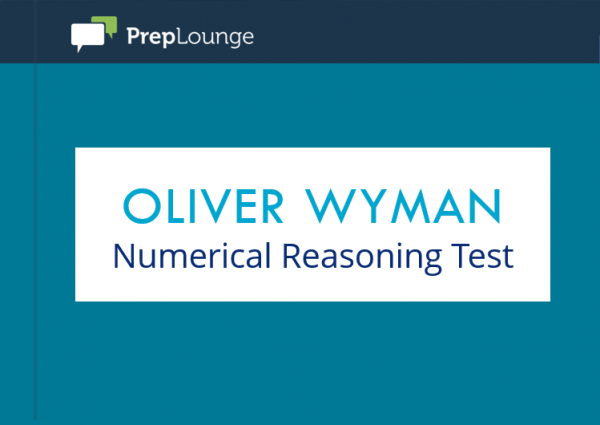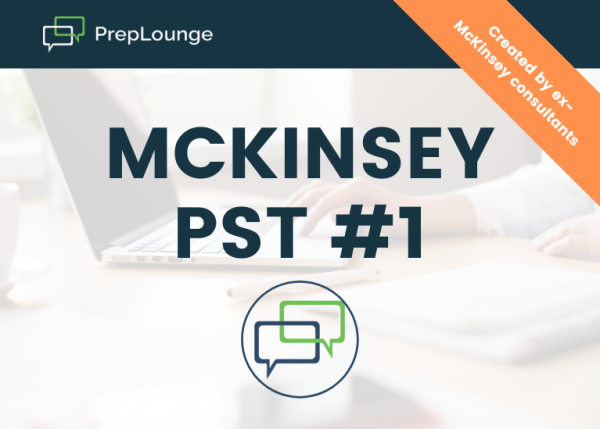Hallo there,
Thank you for the question. I am sure this is a topic relevant to many other candidates as the evaluation of an investment opportunity is a fairly standard case question.
Let me first try to answer your questions and then provide an overview of how you can structure this case.
Your structure does cover the basics that I would expect as an interviewer. However, with the last bucket “market and competition” in there, it is not really MECE, because the other three are part of a mathematical formula while the last one is not. I will get to how to make it MECE in a second. Allow me also to provide a couple of suggestions to help you go from a solid structure to a distinctive performance in terms of structuring.
In terms of level of detail, I would say that there is nothing like “too detailed”. You have 1-2 minutes of time in the beginning and this time you should use to the fullest. What interviewers will look out for is, whether your structure is targeted, i.e. relevant to the question. As long as all your structural elements derive from the problem to be solved, showing a broader set of elements is usually a good thing (just always have an idea what would be the most critical to focus on first).
I. Outline your approach
First of all, there is always a risk in case interviews that you are not interpreting the question the right way (e.g. too narrow, too broad) or the interviewer has purposely phrased the question in a certain way to lead you down a rabbit hole. To mitigate the risk, always outline your approach first, i.e. the logical path that leads you from the question to the answer. You already did that, which is great. I might add the following:
“Since the client seems to only consider one criterion, the payback period, to decide over this investment opportunity, I will first focus on assessing whether this criterion is met or not. Therefore, I would like take a minute to decompose how to calculate the payback period and then take a look at the underlying drivers. ”
II. Structure the analysis
Now, how do you make your structure MECE?
You might have already noticed from the way I phrased the approach: I introduced a structure with two layers, i.e.
(1) Decomposing quantitative elements and then
(2) analyzing the qualitative business drivers informing these quantitative elements.
This approach works best for two types of cases, of which investment cases is one. Let’s take a closer look at the two levels of the structure:
1st level: Decompose the payback period formula into its components by drawing them out as a tree.
To go from good to great, put the generic components of the formula into the context of the case. You can do this by writing some initial ideas into brackets behind the tree branches. For instance:
-
One-off: Investments (purchase price land, planning and building costs…)
/
-
Re-occuring: Annual profits =
B1. Revenues p.a. (revenues from accomodation, additional revenues…)
-
B2. Costs p.a. (personnel costs, e.g. of room cleaning; customer acquisition costs, e.g. of commissions to booking portals)
2nd level: Qualitative business drivers that inform the quantitative elements
On the second level of the structure you have more leeway in terms of MECE’ness. You have already shown that you can structure the problem by breaking down the mathematical elements and differentiating quantitative from qualitative aspects. These are the basics that would likely be expected for you to pass that interview.
Addressing the driver analysis right in the beginning provides an opportunity to go beyond what is expected. There are several angles you can introduce with this structural layer to differentiate yourself, such as
-
embedding the level 1 structure into the specific business context
-
thinking through second order implications.
On (a) business context
Here you might brainstorm a few drivers that are very specific to this business context, such as purchase price of the land, room capacity, average price per night, occupancy rate etc.
On (b) second order implications
For this specific case example, you can already guess that we are talking about relatively long investment time horizons. Predictions over long time horizons are subject to a lot of uncertainty, since a lot of things can change before payback is achieved.
To go from good to great, you could point out that investments can be estimated with a relatively high degree of certainty, while the revenues and running costs will be less predictable. This has two implications for your analysis: (i) Look at drivers of revenues and costs, including what could impact their trajectory over time and (ii) the payback period should be quite a bit shorter than the target outlined by the client as a buffer to account for this uncertainty (if not priced in already).
Due to this context, I suggest to start your business driver analysis from with revenues and running costs:
Drivers of B1: Revenues
- business model specific, e.g. capacity, avg. price per night, occupancy rate etc.
- market factors, e.g. competition in the area, market trends (e.g. rise of AirBnB), or
shocks (e.g. Corona pandemic - link to current events is always a plus!!)
- ...
Drivers B2: Running costs
- Degree of automation (current and future degree of automation, e.g. automated
checkin/-out instead of reception)
- Labor costs in the region and their changes over time
- …
Drivers of A: Investments
- Competing offers for land drive up purchase price
- Complexity of construction planned
- ...
With the right training it is possible to come up with such a structure within 1-2 minutes. There are a few underlying techniques and mental models that will help you to come up with these seemingly tailored points quickly. Feel free to reach out, if you like to know more.
Hope this helps!









